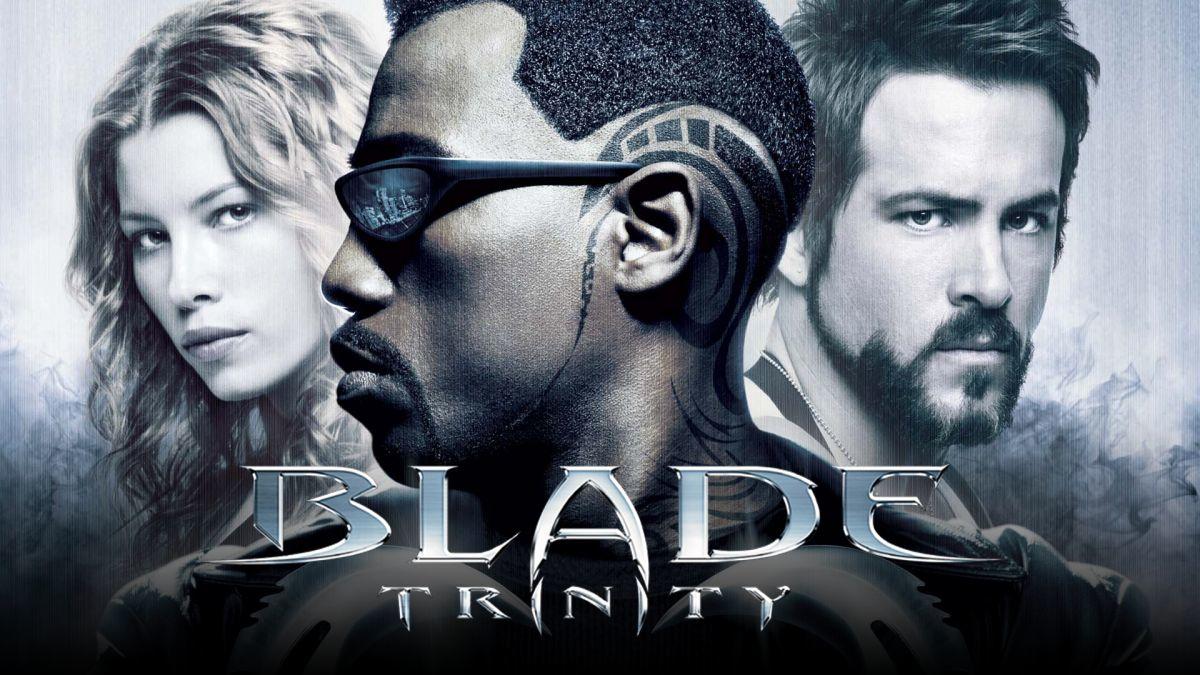10 Most Dramatic Costume Changes in Comics
Among many other big changes revealed in this week’s landmark Superman #38 by Geoff Johns with [...]

Among many other big changes revealed in this week's landmark Superman #38 by Geoff Johns with art by John Romita Jr., the "Man of Steel" showed up on the final page with a brand new costume. The changes are mostly subtle, but are visible enough to be picked up by the naked eye.
Still, it's not like Supes showed up in an all black-leather unitard either, so it's hard to get too hysterical by the updated aesthetic. All the same, Superman's new costume inspired us to look back through the annals of comic book history and identify the 10 most dramatic costume changes in the superhero genre. Bear in mind this is not a "best of" or "worst of" list, but rather an acknowledgement of those changes that were so unique, so far from what was traditionally accepted as the "look" for the character, that the debut of the new motif has since been identified as a defining moment for a series or a creator.

10. Black Widow
When she was first introduced in the 1960s, Natasha Romanoff, aka, the Russian spy-turned Avenger, Black Widow wore a costume that essentially consisted of evening wear and a veil. Her attire eventually evolved into including a mask and a cape of sorts, but the Black Widow look that we know and love today didn't actually debut until 1970 when the character was transformed into an Emma Peel-esque, black skintight suit-wearing super spy in an issue of Amazing Spider-Man. The new Black Widow was a dramatic departure from what the character looked like beforehand. Even her hairstyle (and color) were changed.
However, Natasha's new look was seemingly inspired from the plethora of spy movies and television shows (though artist John Romita has said his inspiration was more Miss Fury rather than Peel from The Avengers). The timing of the costume switch couldn't have been better for Marvel, who had decided on making Natasha the star of her very own series, Amazing Adventures (with her appearance in ASM serving as a teaser for the book).
While there have been some subtle changes to her attire over the years, for the most part, this is the look that stuck around and was even adapted for the Marvel Cinematic Universe iteration of the character when she first appeared in Iron Man 2.
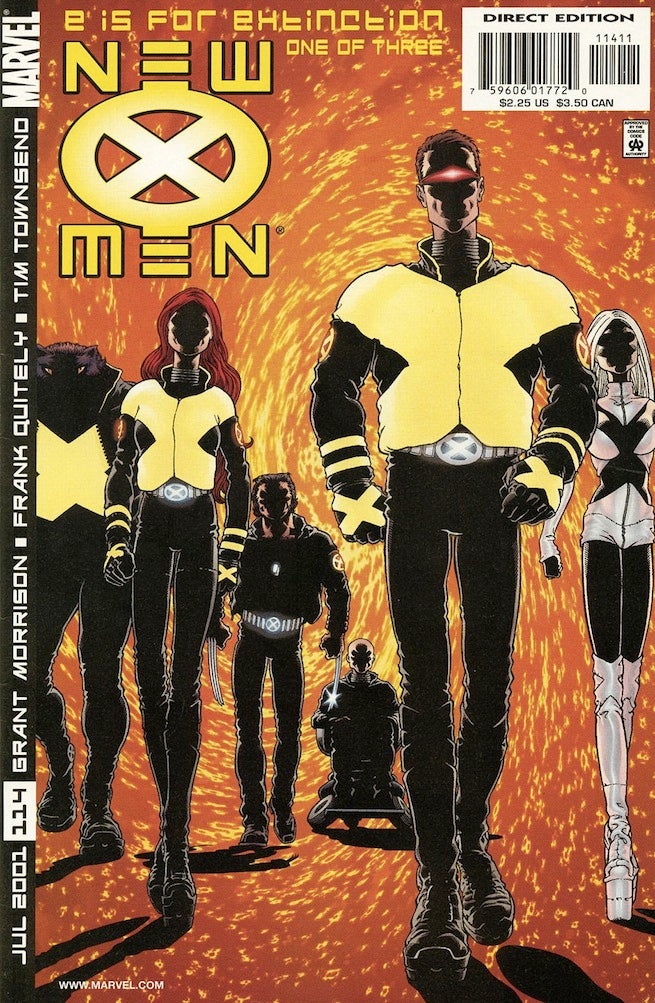
9. New X-Men
It might sound odd for a group that values its individuality and uniqueness as much as Marvel's X-Men to dress uniformly, but this idea was first put forward by director Bryan Singer in his 2000 blockbuster, X-Men. Less than a year later, the X-Men adopted a similar motif in the comics, dropping their own individual costumes and adopting a military-style uniform complete with matching leather jackets.
Of course, this almost dystopian look would play nicely with the kinds of stories Grant Morrison was writing during his critically acclaimed run on New X-Men, which heavily focused on the outcast qualities of the X-Men and how unified them against their oppressors. Not all fans loved it, but it's a fashion trend that has found a way to stick around, including in many of the subsequent X-Men movies.

8. Iron Spider
Civil War changed a lot about the Marvel Universe – friends became enemies, enemies became friends, and Captain America got shot and killed while being paraded around by Tony Stark as a common criminal – but the character that underwent the most significant visual change was your friendly neighborhood Spider-Man, Peter Parker.
Now, this was hardly Spidey's first time at the costume change rodeo (more on that in a second), but this time, rather than switch up the color motif, Spider-Man worked with his new best buddy Tony Stark to create the Iron Spider attire. Just as the name describes, the Iron Spider was basically the love child of Iron Man and Spider-Man – a more protective metallic red suit that was tricked out with Starktech such as additional appendages (a la Doctor Octopus). Spider-Man was initially impressed by what Tony cooked up for him, but eventually ditched the armor when he switched sides during the final act of Civil War.
Elements of the Iron Spider getup were later revived, appropriately enough when Doc Ock took over Spider-Man's body during the Superior Spider-Man era.

7. Shoulder Pad Daredevil
Daredevil has actually undergone two dramatic costume changes over the years – early in his career switching from a yellow suit to an all red one – but this list acknowledges his transformation from the early 90s, in large part because it did away with the aesthetic that is generally accepted as the definitive look for the "Man Without Fear."
Like many other heroes during the same time period, Daredevil went through a rough patch in the early/mid-90s (though you'd be depressed too if Frank Miller reinvented your character and then no longer wrote stories about you). It got so bad for 'Ol Hornhead that he had to fake his own death as part of the "Fall From Grace" storyline. That led to a brand new Daredevil. It was still Matt Murdock under the mask, but rather than the all red garb, Daredevil went with a red and gray scheme with protecting padding on his shoulders and knees. The end result is a character that looks more like he's ready for the gridiron rather than someone who can stealthily swing from rooftops via a grappling line.

6. Mohawk Storm
What started out as a silly joke among the X-book staff eventually emerged as one of the definitive looks for the popular mutant Storm.
In storyline terms, by the mid-1980s, Storm's outlook on life had darkened, and she was especially influenced by Wolverine's friend from Japan, Yukio. This new disposition prompted the character to change up her wardrobe and hairdo, which she debuted in Uncanny X-Men #173. She dumped the flowing robe and her veil of white hair and in its place started wearing a black leather top and pants while adopting a punk-style mohawk on top of her head.
Both artist Paul Smith and editor Louise Simonson referred to the new Storm as a "bad joke" that went too far. Still, Storm maintained the look for a number of years before she finally started growing her hair back and dropped the studded leather. Storm has occasionally rocked the mohawk again in recent years, much to the delight of fans who loved the look, joke and all.
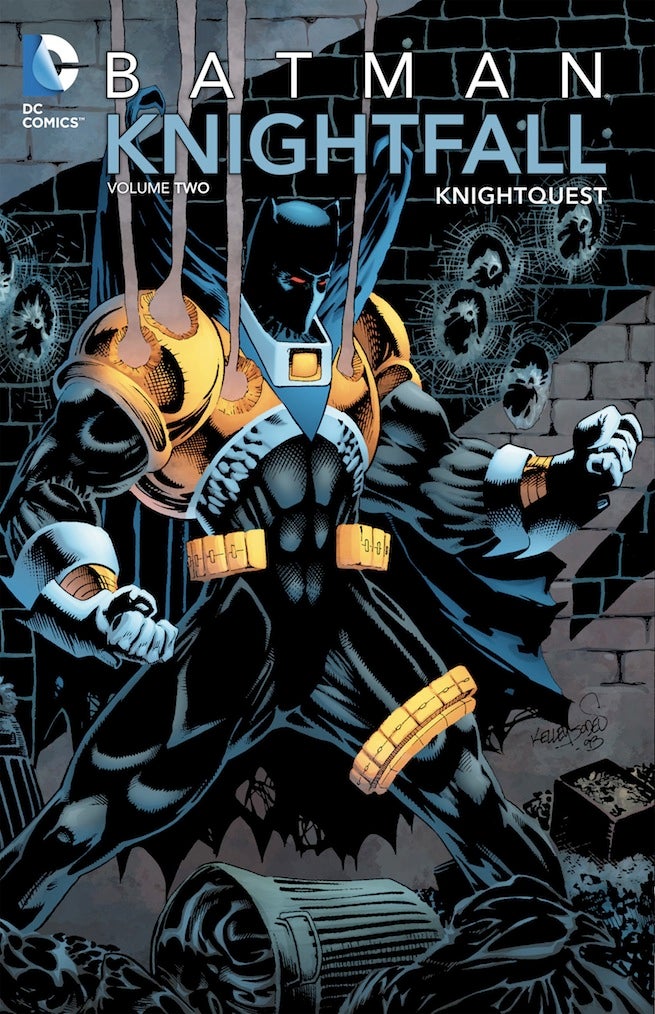
5. AzBat
In the 1990s, Bruce Wayne was famously replaced as Batman when he was put on the shelf by the musclebound Bane during the "Knightfall" arc. The mentally unstable Jean-Paul Valley, also known as Azrael, was Bruce's handpicked replacement as Batman. Valley immediately started to put his own aesthetic stamp on the "Dark Knight's" apparel, outfitting his Batman costume with spikes, blades, guns and other assorted weapons – resembling more of a battletank than a superhero.
But here's the rub with AzBat. While this entire arc could just be dismissed as your token 90s comic book storyline filled with EXTREME status quo upheavals (similar to some of the other entries on this list), the Bat-book creators were actually trying to make a larger point about Valley and his methodology. By replacing Wayne – who was seeing as being "too soft" on Gotham City's criminals – with a sociopath, it made Bruce's inevitable return to the cape and the cowl that much more triumphant and welcomed. Valley certainly took care of crime while armed to the teeth as Batman, but he did so at the cost of Batman being viewed by the public as selfless defender of the city. Bruce brought honor to the act of being Batman. Of course, when this whole saga was over, the first thing Bruce did was update his costume, but that's a story for another day.

4. Electric Blue Superman
No, "electric blue" wasn't the nickname for Superman's super-mullet from the 90s (though, that was certainly an interesting fashion choice), but instead referred to the 1998 storyline where Supes developed energy-based powers, forcing him into a blue and white containment suit that would prevent his energy from dispersing.
While he retained most of his abilities from his pre-Electric Blue phase, he did develop the ability to sense different kinds of energy from his surroundings, such as radioactivity, electricity, magnetic forces, etc. It also led to some silly scenes like Superman accidentally blowing up toasters when standing too close to them.
There were actually some elements of an interesting Superman story during this saga, but where some fans seemed to eventually turn on it was when the "Man of Steel" split into two different beings, each representing different aspects of his personality – Red Superman and Blue Superman. Blue Superman was more sedated and level-headed while Red Superman was fiery and brash and liked to say "dude" a bunch. The two Supermans eventually fought and order was restored.
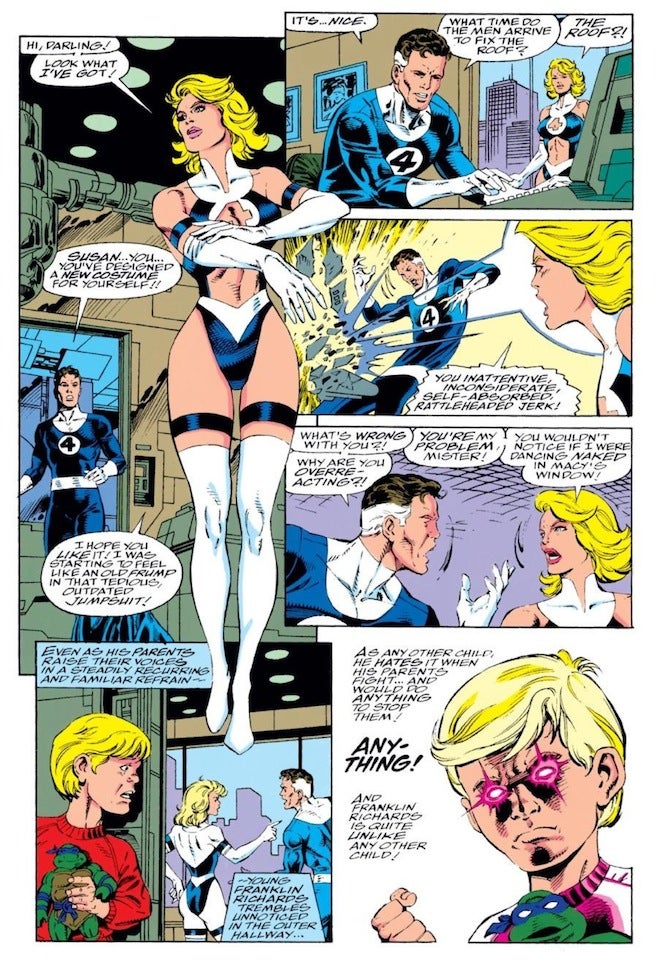
3. 90s Invisible Woman
In one of the great storylines from the John Byrne run on Fantastic Four in the 1980s, Sue Storm, aka, the Invisible Woman, is possessed by Malice, a dark part of her personality. In the early 90s, Marvel came back to the storyline when the remaining aspects of Malice were awakened during the Infinity War miniseries, causing Sue to act erratically. She became more aggressive as both a leader of the Fantastic Four, and on the battlefield.
But the most stunning change to Sue's character was her costume. Gone was the traditional Fantastic Four blue/dark navy jump suit and in its place was … well… how does one describe exactly what Sue was wearing? One thing can be said about the new Invisible Woman – it was certainly a racier alternative to what the character had traditionally wore. Unfortunately, it also has become a punchline for people who like to poke fun at the various bad decisions made by comic book publishers during the 1990s. The costume was eventually toned down about a year and half after its initial debut.

2. Mod Wonder Woman
Similar to what transpired with Black Widow (see entry No. 10), the burgeoning popularity of spy movies and television shows in the late 1960s inspired an even more dramatic change to Diana Lane, better known as one of the first superheroines of comics, Wonder Woman. As part of this new status quo, Lane surrendered her superpowers and became a Mod boutique shop owner. She would eventually learn martial arts and weapons skills, but her comic book adventures were more akin to what Emma Peel was doing on The Avengers rather than what fans had grown accustomed to seeing in Golden and Silver Age Wonder Woman books.
Further complicating Lane's transformation was the fact that the creative teams working on her book were constantly coming and going, which prevented the character from developing a consistent voice. All in all, there was a very hostile backlash against the change. Leading the charge to restore Diana's powers and vintage Wonder Woman aesthetic was renowned feminist/journalist Gloria Steinem. Steinem believed DC's editors were sending the wrong message to its readers when they depowered their strongest female character. Her powers and traditional garb were eventually restored in 1973 in Wonder Woman #204.
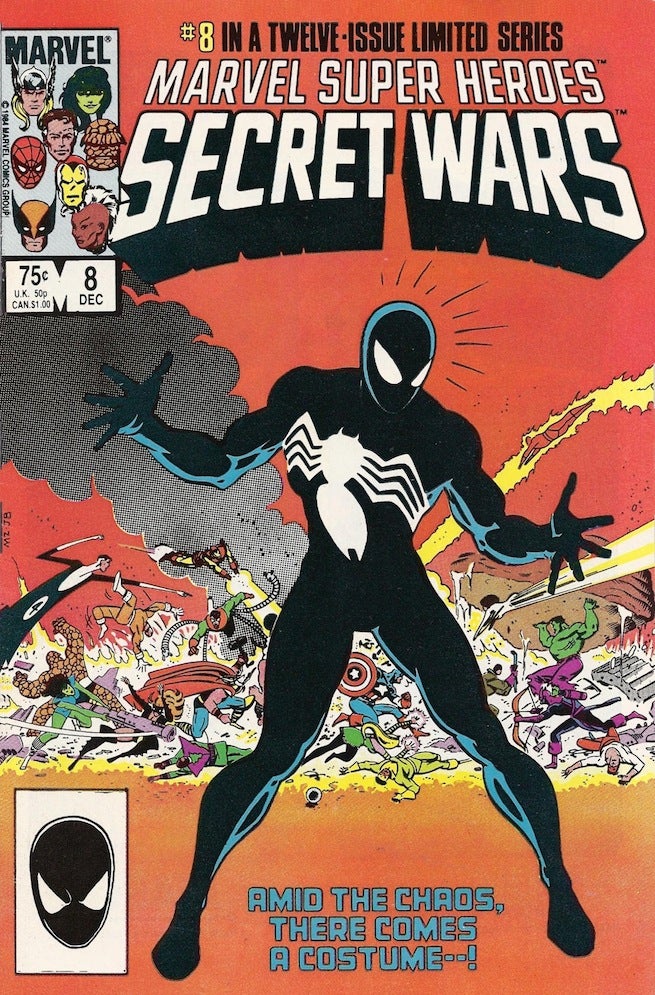
1. Spider-Man's Black Costume
In retrospect, changing Spider-Man's attire from his red and blues to an all-black outfit wasn't THAT dramatic, but the costume caused quite a stir when it first debuted in the mid-1980s. As the story goes, Marvel editor-in-chief Jim Shooter wanted to change up Spidey's duds as part of the Secret Wars event he was writing, but figured it would create more buzz and intrigue if the costume first appeared in an issue of Amazing Spider-Man (which, continuity-wise took place AFTER Secret Wars).
Fans, apparently, were outraged by the change, and petitioned Marvel to put Spidey back in his traditional attire. The problem for Marvel was because the costume hadn't technically been introduced yet in Secret Wars #8, Tom DeFalco had to script seven issues of Amazing Spider-Man using the black costume before ASM and Secret Wars were able to synchronize in continuity. Once Secret Wars #8 was finally released, Spidey discovered that his black costume was an alien, and he returned to his red and blue attire. But the saga of the black costume didn't end there.
When the fashion status quo resumed, Marvel started to get requests from fans to bring back the black costume. So Marvel gave into the madness and created a second black costume for Spidey (that wasn't an alien) that he wore off and on until the villain Venom (who possessed the original alien symbiote) debuted in Amazing Spider-Man #300.




